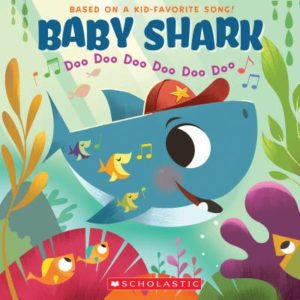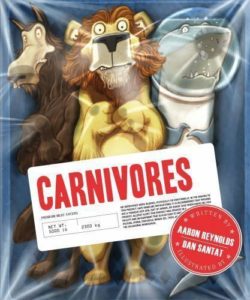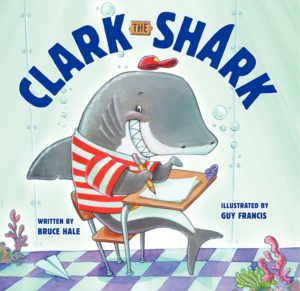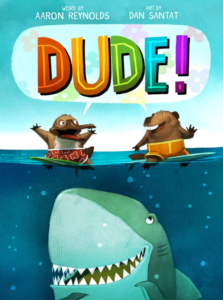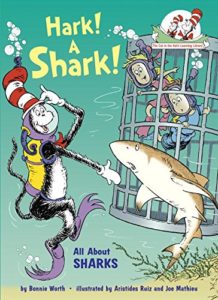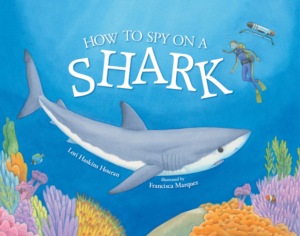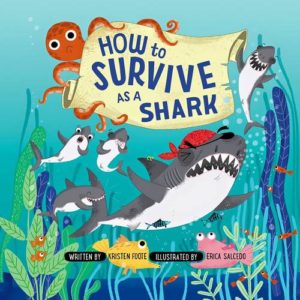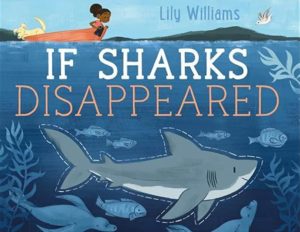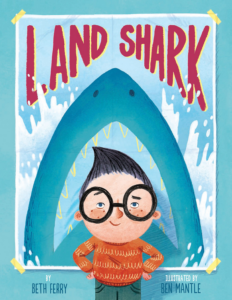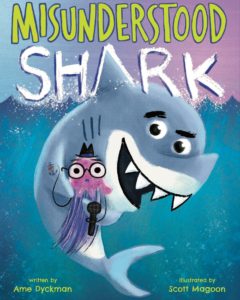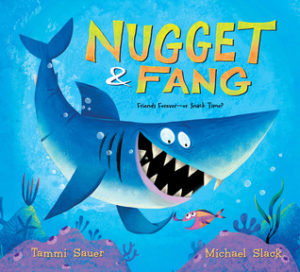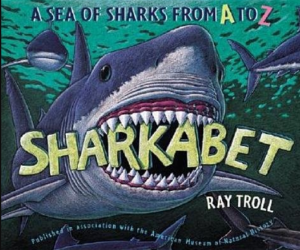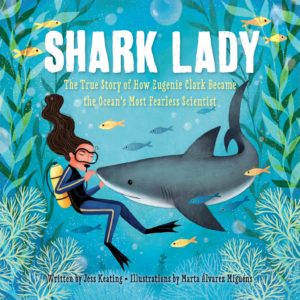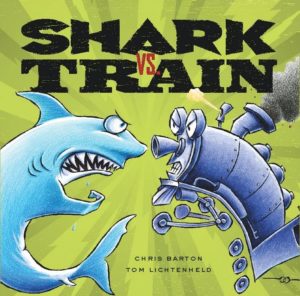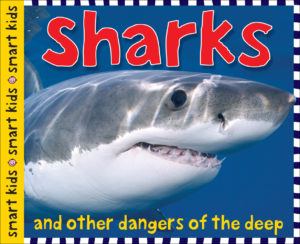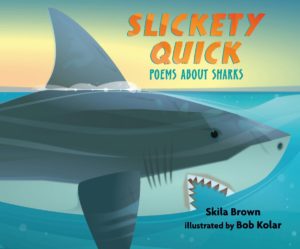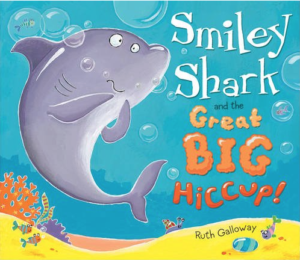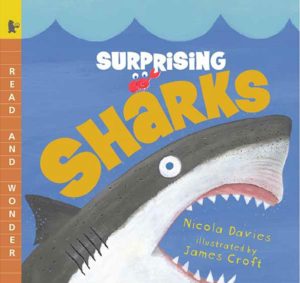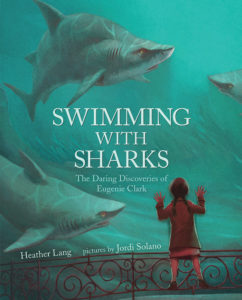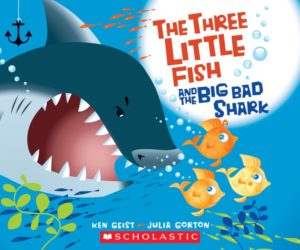12 April 2022
32 pages
This month’s PB review is by Joshua Walls (an OPB newcomer!) and longtime OPB friend, Austin McKinley.
—Joshua’s Review of the Writing—
Hope Lim’s third picture book, Mommy’s Hometown, shares a timeless story about a young child who travels overseas with his mother to visit her childhood hometown in South Korea. Despite his surprise at discovering how much her town has changed since she left, he can still relive his mother’s memories while creating new ones with her.
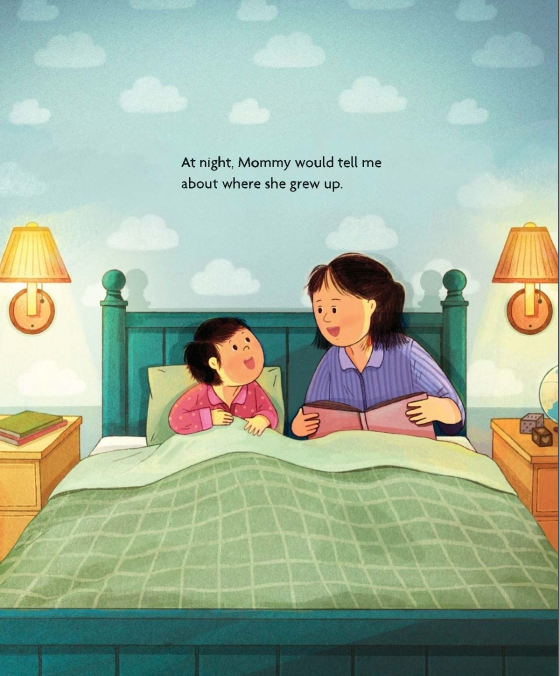 Every night at home, as part of their bedtime routine, the mother paints vivid pictures of her memories for her son. “She and her friends would walk to the river and play there all day. They caught fish, unearthed treasures beneath rocks, splashed each other, and dried themselves on the pebbled riverbank.” As a boy, I dreamed about where my family members grew up, and even today, I still do this with my friends living abroad, creating colorful images in my mind. When a story tugs at your memories, you know you’re in for a treat.
Every night at home, as part of their bedtime routine, the mother paints vivid pictures of her memories for her son. “She and her friends would walk to the river and play there all day. They caught fish, unearthed treasures beneath rocks, splashed each other, and dried themselves on the pebbled riverbank.” As a boy, I dreamed about where my family members grew up, and even today, I still do this with my friends living abroad, creating colorful images in my mind. When a story tugs at your memories, you know you’re in for a treat.
After listening to all his mother’s stories, the day finally comes for the boy to visit the town he has only imagined. Upon arriving, however, he discovers that it’s different. The little town he pictured has become a bustling city. “The new replaced the old,” his mother explains. The son doubts it’s the same place his mother grew up, but with help from his family, he overcomes uncertainties and discovers the town he envisioned in the present.
I adore how the story ends. The son and his mother visit the river where they play together, and the son discovers his mother’s younger side. Then, hearing Grandma call to them, the boy and his mother “run home together,” allowing the reader to reflect on the joy of shared moments. I’ll let Austin go into detail about the art, but I love the final illustrations of the mother and son, both as kids running home through the town the boy always imagined. The last page slowly resets back to reality, with both characters clearly having the time of their lives. These three pages make an already compelling story even more impactful.
Lim uses simple language that’ll make the reader finds themselves wanting to share their childhood tales as they tell her story. The son’s character arc is delightful. While it never hurts to get help, the boy shakes off his doubts and accepts the town’s changes, allowing him to build his own childhood memories. His experiences provide wonderful discussion opportunities. The reader can reassure a child that changes may happen, but change is okay. While things may not always be as we imagine, we may discover they’re even better.
Lim narrates a gentle, heartfelt story that I absolutely loved reading. It reminds me a lot of my hometown, Duluth, Georgia, and how it continues to evolve from a small Atlanta suburb into a prosperous, diverse community, rich in its own history. Mommy’s Hometown captures how places may appear different than described. It’s wonderful when a picture book taps into a timeless theme. I look forward to one day reading this story with my own curious child.
4.75 out of 5 unearthed treasures
—Austin’s Review of the Illustrations—
It’s the trip of a lifetime for the child narrator, as he discovers the world of his mother’s bedtime stories is neither as he imagined nor as she described them, because time has moved on. As Hope Lim crafts this tale of a child first confronted with the four-dimensional shape of the world, illustrator Jaime Kim brings the experience to life in a series of lush two-page spreads and sequential vignettes which give a subtle glow to both natural and urban landscapes.
Kim is a #1 New York Times bestselling illustrator, and it’s easy to see why. Her figures are universal, simplistic, yet evocative–all that’s necessary to imagine ourselves in their place. The characters are, in a sense, background to the lovingly rendered environment. And yet, when she depicts the child and mother at the same age, running through the laneway hand in hand, its emotional impact is devastating.
By contrast, the landscapes are very specific, but with masterful depth of field, they create just enough detail and texture to make them visceral and sentimental without being saccharine. It’s a genuine experience to which we can easily relate as a child first learns to contemplate the impermanence of life–those things that are timeless, and those that are not.
The pairing of Kim’s paintbrush with this weighty, poignant subject matter is pitch perfect. Perhaps the most so of any of her fifteen books to date. Her eye for creating a toy-like world and playing with perspective without tilt-shifting into miniaturization, is on glorious display here. Having seen her realize Lim’s narrative, one can hardly imagine anyone else doing it so well. Readers are so deftly embedded in the world of the artwork that they can almost feel the winds of change blowing through the characters’ hair. Exquisite.
**For an idea of what that looks like, you can check out Kim’s deliciously charming illustrations in animated GIFs on her website.**
5 out of 5 crayons
 Joshua Walls is a children’s author and travel writer who isn’t afraid to fuse, challenge, or deconstruct genres in the pursuit of creating compelling stories. Currently, he lives in Sarasota, FL where he’s pursuing a BFA in Creative Writing at Ringling College of Art and Design. He’s also the co-founder and co-host of the Fluff It podcast.
Joshua Walls is a children’s author and travel writer who isn’t afraid to fuse, challenge, or deconstruct genres in the pursuit of creating compelling stories. Currently, he lives in Sarasota, FL where he’s pursuing a BFA in Creative Writing at Ringling College of Art and Design. He’s also the co-founder and co-host of the Fluff It podcast.
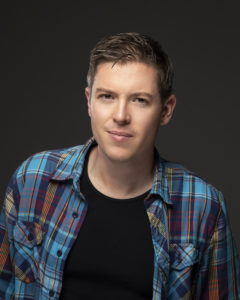


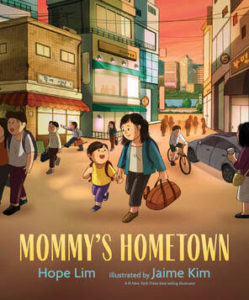
 The February 2022 Industry Insider Interview at
The February 2022 Industry Insider Interview at 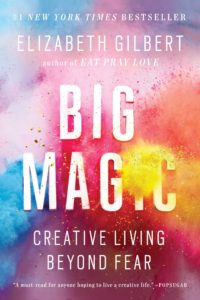
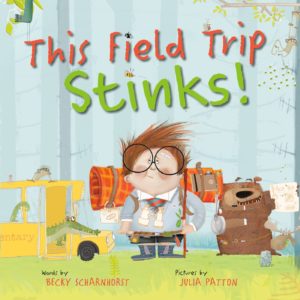
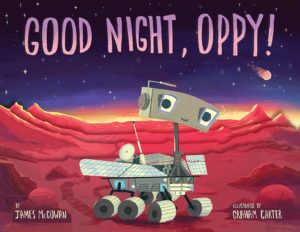
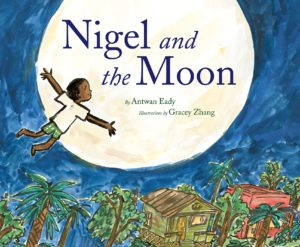
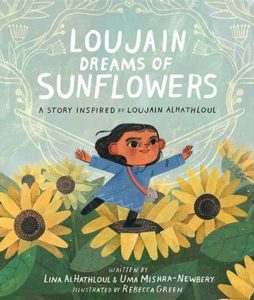
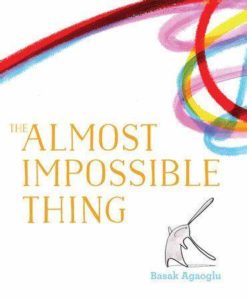
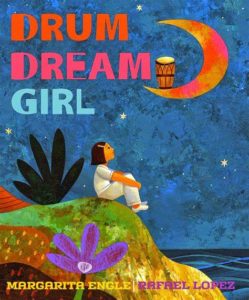
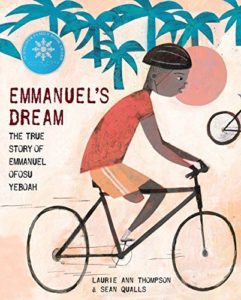
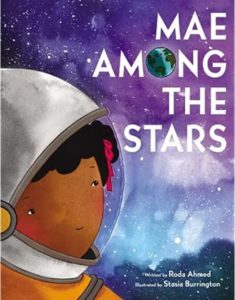
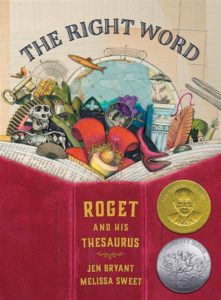
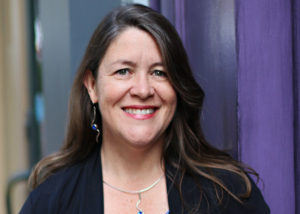
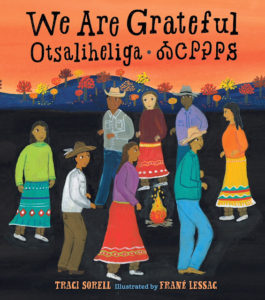
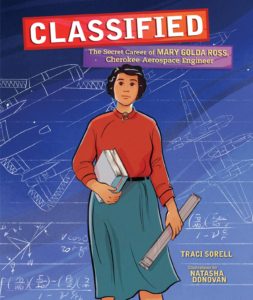
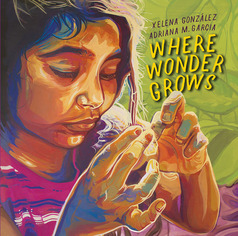
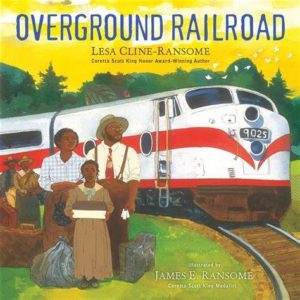
 Kelly Light lives in Amherst,
Kelly Light lives in Amherst, 